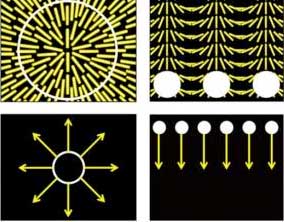 Researchers have reported the development of a new method of scanning wave photopolymerization that utilizes spatial and temporal scanning of focused guided light.
Researchers have reported the development of a new method of scanning wave photopolymerization that utilizes spatial and temporal scanning of focused guided light.
Nov 13th, 2017
Read more
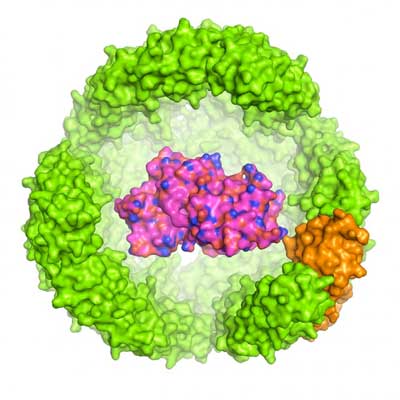 Sourced from the rapidly expanding field of synthetic biology, this protein-in-a-protein technology can improve functional protein yields by 100-fold and protect recombinant proteins from heat, harsh chemicals and proteolysis.
Sourced from the rapidly expanding field of synthetic biology, this protein-in-a-protein technology can improve functional protein yields by 100-fold and protect recombinant proteins from heat, harsh chemicals and proteolysis.
Nov 13th, 2017
Read more
 In the newly developed ultrathin membranes, graphene-oxide sheets are assembled in such a way that pinholes formed during the assembly are interconnected by graphene nanochannels, which produces an atomic-scale sieve allowing the large flow of solvents through the membrane.
In the newly developed ultrathin membranes, graphene-oxide sheets are assembled in such a way that pinholes formed during the assembly are interconnected by graphene nanochannels, which produces an atomic-scale sieve allowing the large flow of solvents through the membrane.
Nov 13th, 2017
Read more
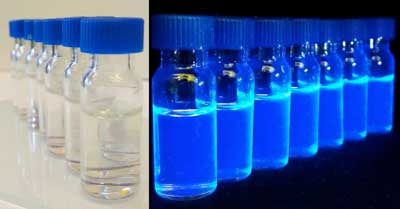 An effective method for synthesizing thiophene-containing fluorophores.
An effective method for synthesizing thiophene-containing fluorophores.
Nov 13th, 2017
Read more
 X-ray experiments help scientists shed light on fuel-cell physics.
X-ray experiments help scientists shed light on fuel-cell physics.
Nov 13th, 2017
Read more
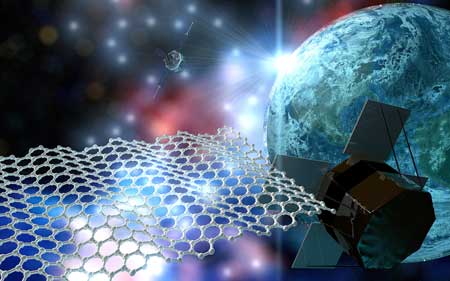 After a long summer of hard work in the laboratories, researchers in the Graphene Flagship are ready for two experiments this week, testing graphene technologies for space-related applications in collaboration with the European Space Agency.
After a long summer of hard work in the laboratories, researchers in the Graphene Flagship are ready for two experiments this week, testing graphene technologies for space-related applications in collaboration with the European Space Agency.
Nov 13th, 2017
Read more
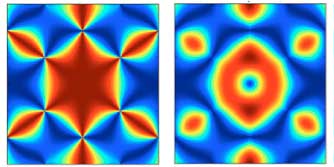 Using numerical simulations, the group showed how a magnetic field could be used to control the properties of north and south poles, which are fractionalized from magnetic moments of electrons, on a frustrated magnet called a quantum spin ice.
Using numerical simulations, the group showed how a magnetic field could be used to control the properties of north and south poles, which are fractionalized from magnetic moments of electrons, on a frustrated magnet called a quantum spin ice.
Nov 13th, 2017
Read more
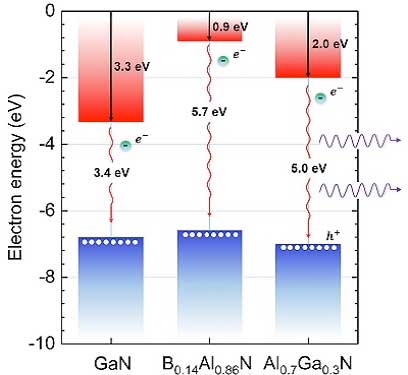 Researchers have determined the electronic characteristics of an interface between two wide bandgap semiconductors - an insight that will help improve the efficiency of light-emitting and high-power electronic devices.
Researchers have determined the electronic characteristics of an interface between two wide bandgap semiconductors - an insight that will help improve the efficiency of light-emitting and high-power electronic devices.
Nov 13th, 2017
Read more
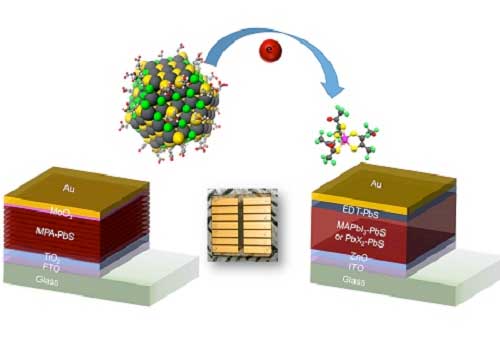 Researchers have developed a method that enhances the ability of colloidal quantum dot solar cells to convert the sun?s energy into electricity by altering the surface chemistry of their functional layers in a noninvasive way.
Researchers have developed a method that enhances the ability of colloidal quantum dot solar cells to convert the sun?s energy into electricity by altering the surface chemistry of their functional layers in a noninvasive way.
Nov 13th, 2017
Read more
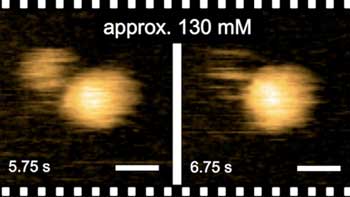 A new study with high-speed AFM sheds light on mechanism underlying the assembly and activation of flagellar motor in the bacteria Bacillus subtilis.
A new study with high-speed AFM sheds light on mechanism underlying the assembly and activation of flagellar motor in the bacteria Bacillus subtilis.
Nov 13th, 2017
Read more
 New basic insights into the workings of a biomolecular mechanism crucial to life: the calcium pumps in our cells.
New basic insights into the workings of a biomolecular mechanism crucial to life: the calcium pumps in our cells.
Nov 10th, 2017
Read more
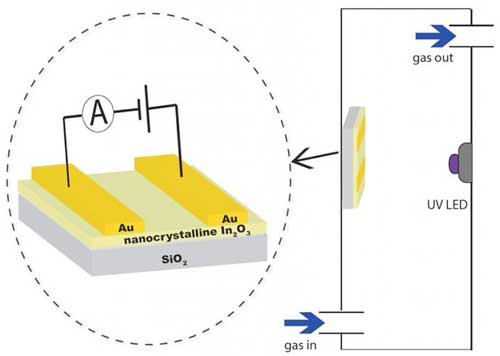 Scientists are developing nanostructured gas sensors that would work at room temperature.
Scientists are developing nanostructured gas sensors that would work at room temperature.
Nov 10th, 2017
Read more
 Rapidly modifying magnetic properties is key for low power magnetic devices. The MULTIREV project has contributed to a study which exploits magnetoelastic coupling, for the design of strain-controlled nano-devices.
Rapidly modifying magnetic properties is key for low power magnetic devices. The MULTIREV project has contributed to a study which exploits magnetoelastic coupling, for the design of strain-controlled nano-devices.
Nov 10th, 2017
Read more
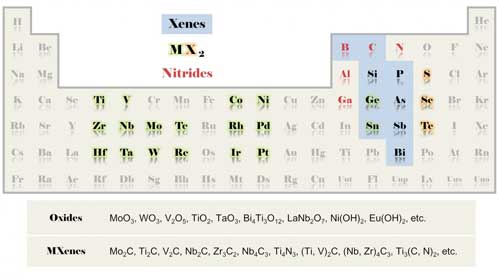 A recent review article discusses the methods of chemical vapor deposition (CVD) to fabricate 2D heterojunctions.
A recent review article discusses the methods of chemical vapor deposition (CVD) to fabricate 2D heterojunctions.
Nov 10th, 2017
Read more
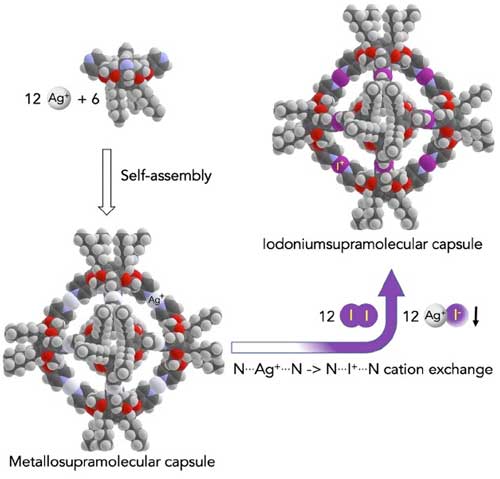 Halonium ions used in this study, are well-known reaction intermediates and halogenating reagents in synthesis, but now they have been used as robust and stable structural units in molecular nanotechnology.
Halonium ions used in this study, are well-known reaction intermediates and halogenating reagents in synthesis, but now they have been used as robust and stable structural units in molecular nanotechnology.
Nov 10th, 2017
Read more
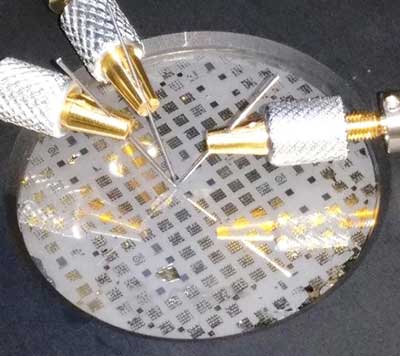 A transfer technique based on thin sacrificial layers of boron nitride could allow high-performance gallium nitride gas sensors to be grown on sapphire substrates and then transferred to metallic or flexible polymer support materials.
A transfer technique based on thin sacrificial layers of boron nitride could allow high-performance gallium nitride gas sensors to be grown on sapphire substrates and then transferred to metallic or flexible polymer support materials.
Nov 9th, 2017
Read more
 Researchers have reported the development of a new method of scanning wave photopolymerization that utilizes spatial and temporal scanning of focused guided light.
Researchers have reported the development of a new method of scanning wave photopolymerization that utilizes spatial and temporal scanning of focused guided light.















 Subscribe to our Nanotechnology News feed
Subscribe to our Nanotechnology News feed